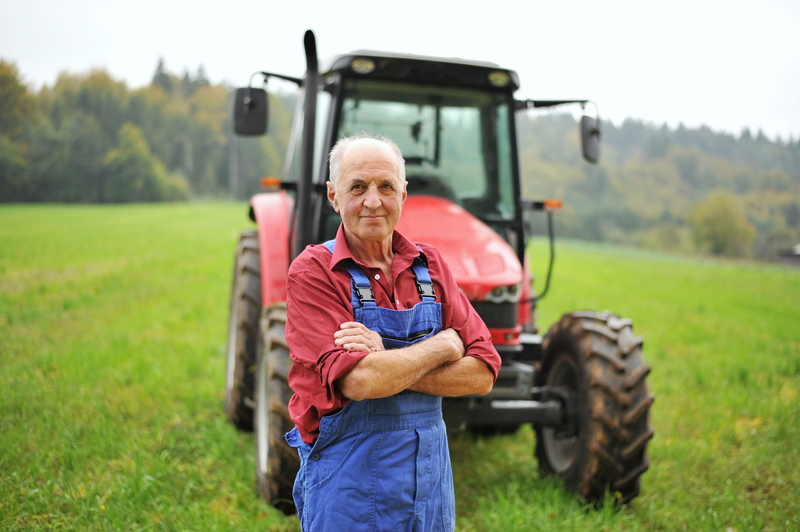- Home
- Knowledge library
- Planning for retirement
Planning for retirement
It is never too soon to plan for retirement. Whether you are thinking of retiring soon or not for many years it is worth reviewing your costs and income streams to understand how much you need and how much you can afford.
Things to consider
Starting to plan for retirement can be a difficult conversation. But understanding your financial position will help with decision making. While it is recommended to have a pension, it is often the case that farmers do not.
If this is the case you may wish to calculate how much you will need throughout your retirement. Or if you do have a pension, will this amount be sufficient?
You may wish to complete the questions below, both individually and as a couple.
Finances available
Thinking about yourself and your current position.
- Do you have any non-farm income that will continue?
Include income from non-farm assets, e.g. rented properties, stocks and shares. - Do you have a savings account off farm?
- Do you have any lump sums expected upon retirement?
For example, being bought out of the farm or partnership, Defra exit scheme, sale of property (consider taxes and expenses incurred by this).
Finances required
- How old are you?
- How far off is your planned start of retirement?
- Do you intend to live in and own your current property?
If no, will you need to rent a property if you move? Are there mortgage payments to be made? Have you thought about the costs incurred for moving house? - What do you expect your living expenses to be?
Be realistic, you may have very low drawings now as several of your bills have a percentage claimed as farm expenses, e.g. council tax, heating oil, electric, property repairs, telephone and insurance. Also consider allocating money for medical expenses, birthday and Christmas gifts, a holiday or perhaps a new car. As a final thought, you may need to consider home adjustments for the future to assist with living in comfort and safety.
Calculate how much you need
| Years or £'s | ||
|---|---|---|
| A | Length of retirement – What age would you expect to retire and how long would you expect to be retired for? (Considering average UK life expectancy is 82 years) | |
| B | Annual expected living costs – remember to include mortgage or rental payments if necessary | |
| C | Annual expected income – for example rental properties, shares, private pensions (see state pension rates for 2024/25 on GOV.UK) | |
| D | Total requirement (B – C) x A |
How will you fund this?
| Years or £'s | ||
|---|---|---|
| E | Savings available | |
| F | Expected lump sums | |
| G | Difference between required and available funds D – E – F | |
| H | Years until requirement | |
| I | Savings required each year to fund this G / H |
Making sense of the figures
Do you think this is a realistic figure to be drawn from the business?
If this figure seems too high or unachievable it may be necessary to release some cash from available assets. This requires careful planning to ensure it doesn’t cost you unnecessarily, such as requiring capital gains tax payments from sale of land. If you think this may be an issue it would be worth speaking to your accountant, financial planner and bank manager to plan.
Useful links
For a deeper insight into your finances visit Understanding your finances and farm business accounts.
For guidance on how to start these tricky conversations, and a outline to help you do so, visit Business changes and succession: talking things through.
For information on speaking to a bank manager and organising finances visit Farm business: getting finance and speaking to your bank manager.
 Dreamstime
Dreamstime
Sectors:

